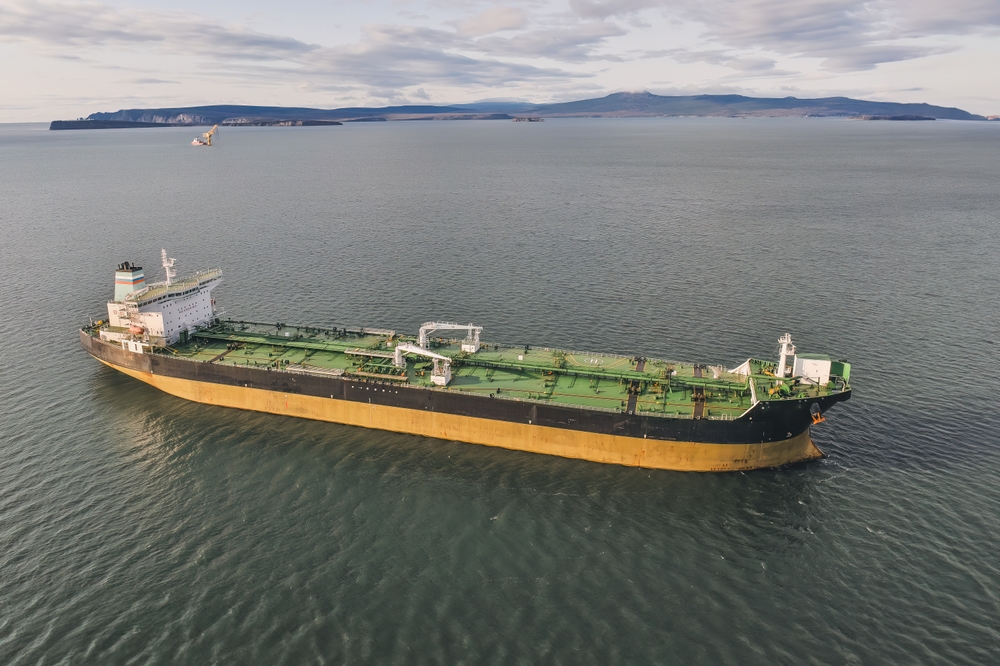Many of these tankers are in poor condition, with insufficient maintenance and insurance coverage.
Others are reading now
The use of old, poorly maintained oil tankers has surged, driven by Russia’s shadow fleet. This secretive strategy by Moscow allows sanctioned Russian oil to continue reaching markets worldwide, jeopardizing marine ecosystems and global trade.
Made up of Outdated Tankers
According to a report from the Kyiv School of Economics (KSE), the volume of Russian oil transported by this fleet has skyrocketed.
In June 2024, 4.1 million barrels per day were moved by these aging ships, up from 2.4 million barrels per day in June 2023, reflecting a 70% increase. By comparison, when the G7 price cap on Russian oil took effect in December 2022, this figure was just 2.2 million barrels per day, according to El Economista.
The sheer volume of oil carried by Russia’s shadow fleet could supply the daily demand of two countries the size of Spain.
Also read
The shadow fleet is largely made up of outdated tankers, many of which operate under flags from countries like Panama, the Cook Islands, and Vietnam. Around 70% of Russia’s seaborne oil exports have been transported by these ships, circumventing the G7 price cap, which was intended to limit Russian revenues.
In fact, nearly 90% of Russian crude oil exports have been priced above the $60 per barrel threshold since mid-2023. The report also revealed that 38% of petroleum products have been carried by these risky ships.
Lacing Adequate Oversight
The environmental and safety risks of relying on this aging fleet are vast. Many of these tankers are in poor condition, with insufficient maintenance and insurance coverage. As these vessels travel through European waters daily, the risk of accidents, oil spills, or mechanical failures grows.
The KSE report noted that in the first half of 2024, 72% of Russian oil transported by sea originated from the Baltic and Black Sea ports, with over 58% of it moved by shadow fleet tankers, averaging 18 years old.
These tankers, often lacking adequate oversight, cross some of the world’s busiest and most sensitive maritime routes, like the English Channel and the Strait of Gibraltar, multiple times a day.
Despite efforts from Western countries to tighten sanctions and enforce safety regulations, Russia’s reliance on these ships shows no signs of slowing. The country’s vast oil reserves and partnerships with key nations like China and India make it difficult to fully restrict Russian oil from reaching the global market.


